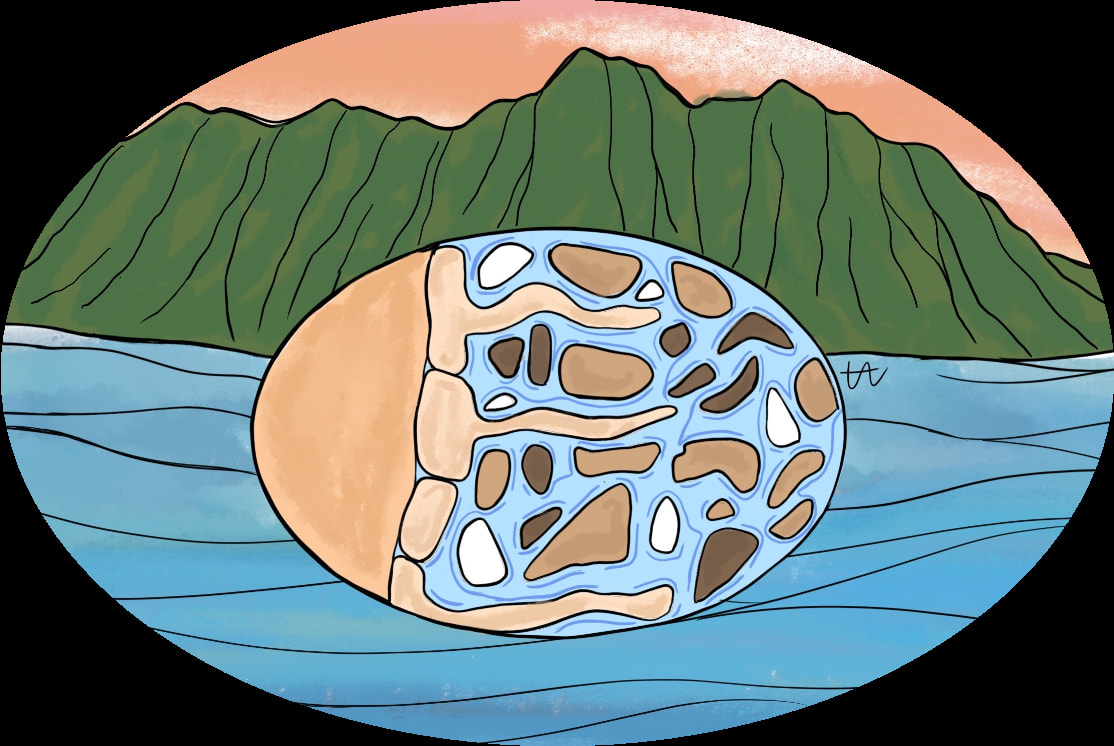|
Johanie Rivera-Zayas, PhD. Soil microbes are vital to healthy soils. If you have put a spade in the ground, you would have noticed that “earthy” smell of fresh soil. Actinomycetes are the soil microbes responsible for producing that smell, better known as geosmin. However, we cannot smell or see most of the beneficial aspects of soil microbes. Not only are these microscopic organisms indicators of soil organic matter and soil quality, microbes support agricultural systems by increasing nutrient availability, enhancing plant nutrient uptake, mitigating stress, and regulating pests and disease. For millennia, soil microbes have been critical to agriculture, and they will continue to play an important role. Soil microbes help plants acquire nutrients. Biological nitrogen fixation is a great example. In this remarkable process, bacteria from the genus Rhizobium convert nitrogen from the air (which is inert and unavailable to plants) to a form of nitrogen ready for plants. You may have also heard of Mycorrhizal fungi. These fungi form a symbiotic relationship with plants that enhances nutrient uptake (e.g., phosphorus) and imparts resistance to biotic and abiotic stresses. Other microbes also help plants withstand stress. Bacillus subtilis can promote plant growth and has antifungal and antibacterial properties. Certain fungi species such as Curvularia sp. increases plant tolerance to heat stress, and bacteria strains Enterobacter and Stenotrophomonas minimize plant damage caused by water stress. In farmland, a healthy soil microbial population flourishes under agronomic practices that include no-till, cover crops, crop rotation, and responsible nutrient management. No-till soils often have higher biological activity than conventional tillage systems. No-till practices reduce soil disturbance, which thereby conserves soil moisture, reduces erosion, and improves soil fertility. At the same time, farmers can save fuel, labor, and machinery costs.
Legumes benefit soils though their symbiotic relationships with nitrogen fixing bacteria, whereas cover cropping practices recycle nutrients and improves soil structure. Therefore, when rotated with maize and sorghum, leguminous cover crops can reduce or supplement N fertilizer rates, improve physical properties, and even break disease cycles. Reduced soil disturbance, cover cropping, and crop rotation are examples of sustainable agricultural practices that altogether aim to improve soil organic matter, reduce environmental losses, minimize external inputs, and boost crop yields. For more information about sustainable crop practices, read more about the NRCS's five pillars of soil health. Johanie Rivera-Zayas is a member of Susan Crow's Soil Ecology and Biochemistry Lab and serves as the Hawaii Coordinator for the US Climate Alliance.
0 Comments
Soil health is an indicator of dynamic biological, chemical, and physical properties that supports diverse soil processes critical to productive, resilient, and sustainable landscapes.Soil biology is soil life. The soil full of living roots, soil microbes invertebrates.Soil chemistry determines availability of nutrients. Soil nutrients transform, and the soil supplies and retain nutrients. Soil physics tells us about the structure of soil. Soil is made up of solid particles, air, and water.
Aloha Extension Faculty,
Soil health is the foundation for productive agroecosystems and healthy communities. However, soil health is not always well understood, especially for the diversity of soils and cropping systems in the tropics. Empowering extension faculty to help farmers improve soil health and productivity requires information, support, and recommendations. CTAHR’s Soil Health Team, led by Drs. Crow and Deenik, will host 3 virtual Zoom sessions in a Soil Health webinar series tailored to Hawaiʻi extension needs. Register for these webinars through eventbrite by clicking on the links below. Zoom details and webinar agendas to follow registration. For more information, email [email protected]. Tuesdays, 1-3 pm August 11 Webinar #1: Soil Health Basics for Hawaii August 18 Webinar #2: Hawaii Soil Health web tool tutorial August 25 Webinar #3: Hawaii Soil Health web tool feedback session Looking forward to seeing you on Zoom. Ke aloha Susan Crow, Jonathan Deenik, and the Hawaii Soil Health Team |
UHM Soil Health TeamKeep up with what's current in soil health ArchivesCategories |





 RSS Feed
RSS Feed
